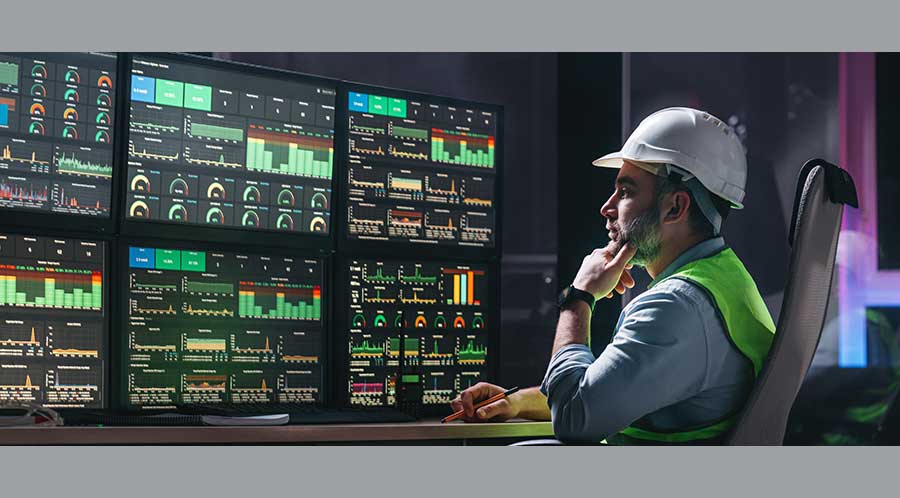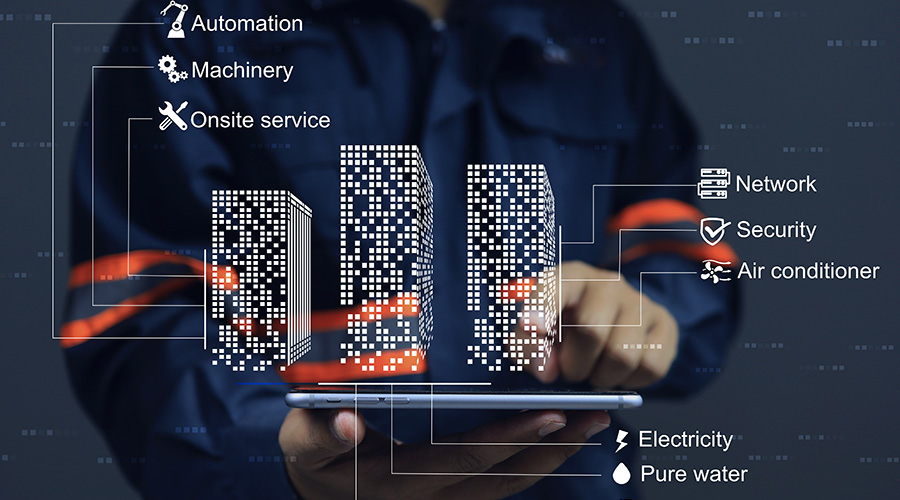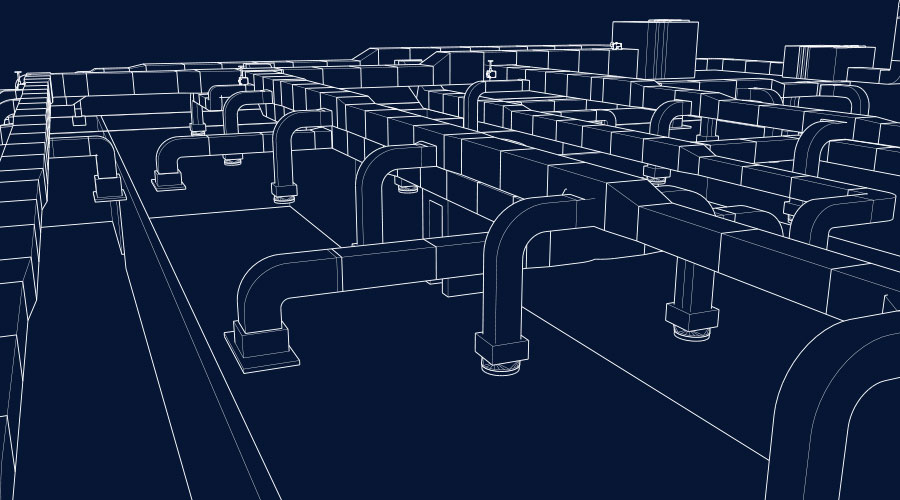Asset Data Management: Technology Features Distinct Functionality Modules
All four ADM technologies support core asset and service management functionality, but each serves a different customer base. Most vendors bundle similar functionality, such as asset management and space management, into distinct modules, and they use modules to develop package prices.
Since no standards exist for naming modules, each vendor approaches that step differently. Because of this difference, managers should ask each vendor to clarify module functionality relevant to the team's business requirements.
Maintenance and engineering managers tend to be most familiar with two types of ADM technologies:
CMMS. Departments that provide asset management and customer services should consider a CMMS, which supports core maintenance activities necessary to keep assets performing optimally and cost-effectively. Modules associated with CMMS technologies include: asset and equipment management; inventory parts management; work management for vendor and staff time; work-order management; a help desk; and inspections management.
CAFM. This technology benefits departments that manage leases, space, building operations and maintenance. Increasingly, managers also require project controls to effectively plan, coordinate, and execute large projects. While most CAFM tools support asset management and maintenance operations, many do not provide the depth of functionality of a CMMS. Managers should verify the vendor's capability against the team's requirements scorecard to determine the application's required functionality.
Besides typical CMMS modules, CAFM applications typically offer modules for: space management, including space planning, chargeback, and spatial interfaces linked via computer-aided design (CAD) technology; move management; and lease management.
Among the advantages CMMS and CAFM applications offer organizations are an easy starting point, an industry focus, and fewer information technology (IT) resources and infrastructure investments. Among their challenges are restricted configurability of systems for unique requirements, limited reporting, and limited integration interfaces.
Beyond CMMS and CAFM, managers can consider two additional ADM options:
EAM. An EAM generally is well-suited to organizations with multiple sites, major equipment assets, and a focus on the total life cycle of an asset. EAM applications provide more functionality to support large-scale project management, energy monitoring, reliability maintenance, planning, scheduling, and integration with building-automation systems (BAS). EAM technologies also can integrate with platforms for enterprise resource planning and human resources.
Beyond typical CMMS functionality and the functions mentioned above, EAM modules generally include: procurement, including budgeting, vendor management, and purchasing management; coordinating orders, materials, and labor; environmental health and safety; reliability-centered maintenance; and sustainability, including energy use, carbon credits, and carbon life cycle.
IWMS. Managers who oversee and support large real estate portfolios, facilities operations, capital building projects, space and moves, and sustainability programs should consider selecting an IWMS application. This application provides a comprehensive platform to manage complex relationships involving properties, buildings, equipment, space, resources, contracts, and schedules.
IWMS modules incorporate CAFM functionality and include capital projects, sustainability management, and condition assessment, including planning and analysis of life-cycle costs.
EAM and IWMS applications: enable configurable reporting and decision support; simplify data transfer; eliminate errors associated with human input; support best practices and customer-centric requirements; and automate customers' business processes and transactions.
Challenges of EAM and IWMS include requirements for extensive planning and execution, greater implementation costs, more IT resources to maintain data accuracy and system performance, and complex integrations with other enterprise platforms.
Related Topics:














